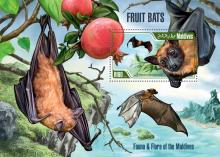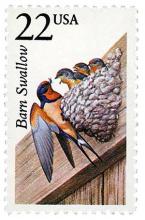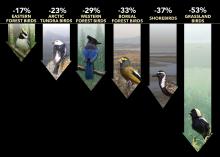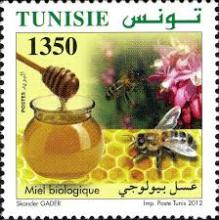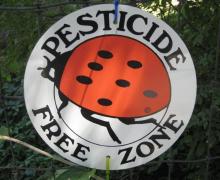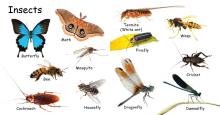Canada’s Bats Face Growing Threat
- Read more about Canada’s Bats Face Growing Threat
- Log in to post comments
Hibernating bats may be storing pesticides from contaminated insect food in their flesh over winter, lowering their immune systems and putting them at greater risk of disease and death, says the Canadian Wildlife Federation (CWF).

